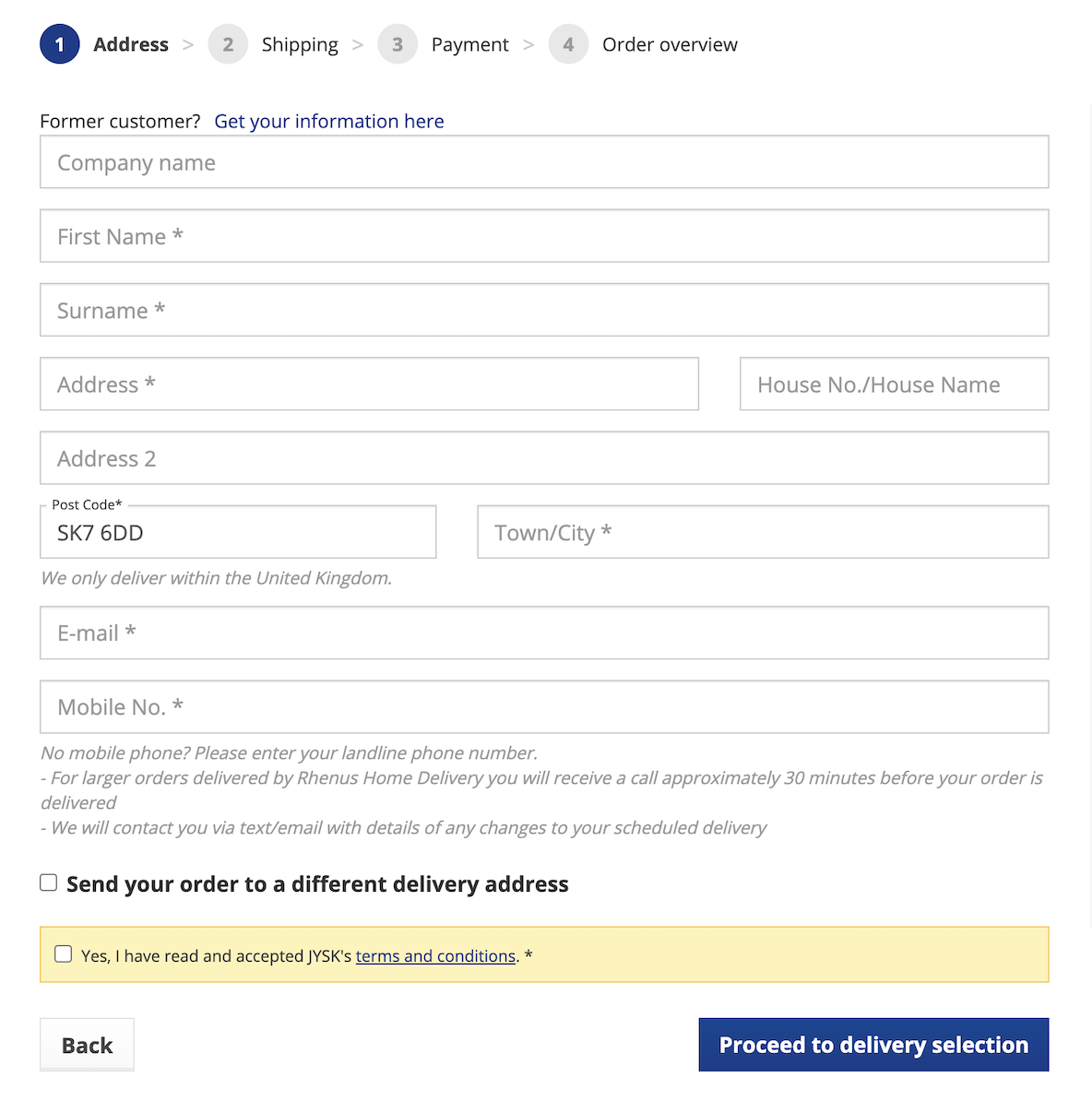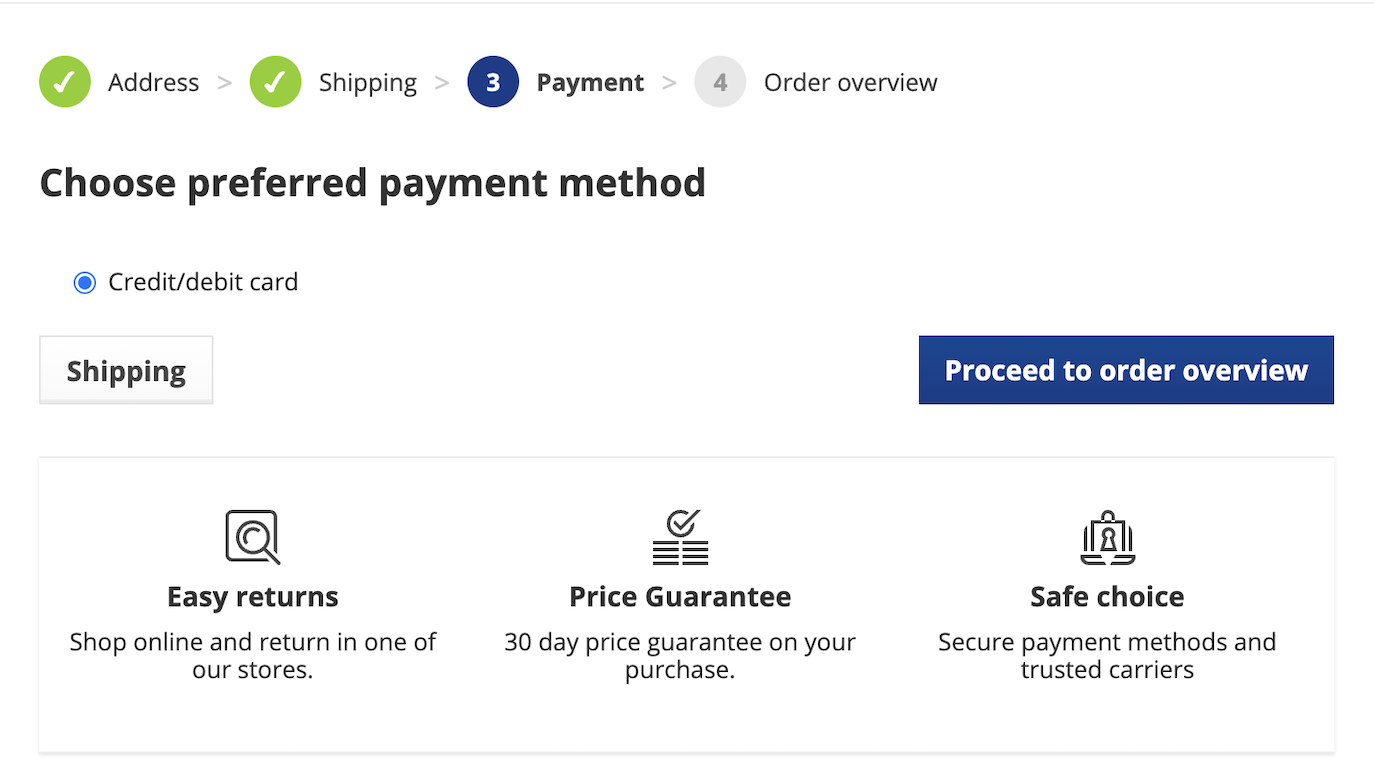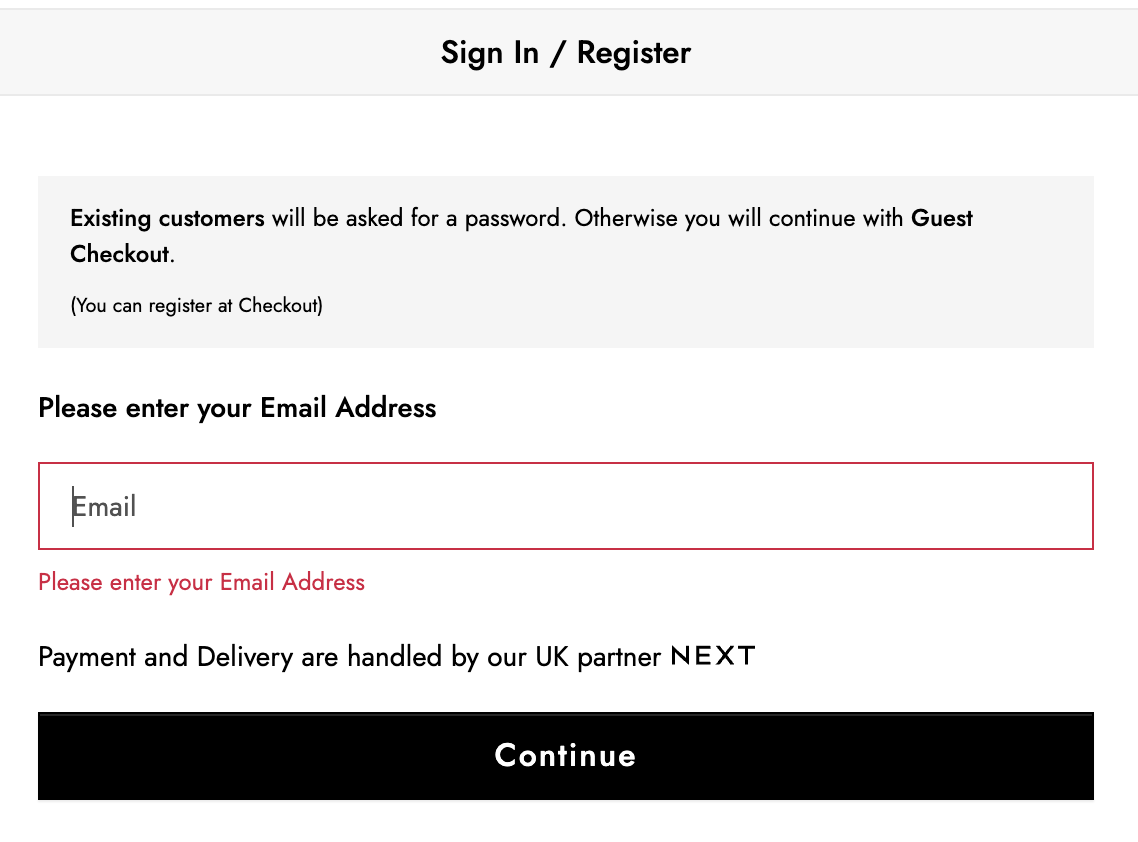Checkout as a reason for cart abandonment: How to fight it?
Have you ever filled your online cart with items only to abandon it at the last minute? We all did – the average rate of this phenomenon, known as cart abandonment, is 69,99%. But what causes customers to do it, and how can businesses fight this issue? In this article, we’ll look at one of the most common causes – problems at checkout – and how to address it.
What is cart and checkout abandonment?
Cart abandonment takes place when a potential customer starts online ordering but backs out before purchasing. Within this broad category, checkout abandonment is a specific case where the ordering process is dropped at the payment stage.
This distinction is essential because it points to a specific critical point of lost sales for a business. Understanding the difference helps you more accurately identify existing problems and effectively tailor solutions to keep potential customers in the latter stages of their buying journey.
Reasons for checkout abandonment
There are many reasons for cart abandonment, and it is pretty difficult to figure out and solve them all. The good news is that with checkout, everything is clearer. So, let’s look at five key reasons your customers can fail to complete the payment process.
Unexpected costs
One of the most common reasons buyers abandon their carts is the sudden appearance of unexpected costs during checkout. According to Baymard, 48% will not complete their purchases because of additional shipping fees, taxes, and other charges. These costs can add up to a pretty hefty sum that many buyers are not willing to pay in addition to the purchase price.
To combat this, companies should strive to be as transparent as possible about pricing from the start. It includes providing shipping estimates or even offering a free shipping threshold to motivate customers to complete a purchase.
Lack of payment options
Today’s consumers have a wide range of preferences for making online payments, from credit and debit cards to digital wallets and cash-based methods. When a preferred payment option is unavailable, they may decide not to proceed with their purchase. Offering a broad selection of payment methods caters to the diverse preferences of your customers and can reduce checkout abandonment.
Complicated checkout
A checkout process that is too long or complex can frustrate customers and drive them away. When people part with money, they want to do it quickly. Account creation and long forms with a lot of information to fill out can easily irritate customers and stop them from completing the process.
Reducing the number of pages or steps at checkout can significantly decrease abandonment rates. You can also incorporate features like auto-fill technology to speed up the process and guest checkout to allow shoppers to make a purchase without creating an account.
The following example perfectly illustrates two previous problems: limited payment options and way too many information to fill in.


Security concerns
With online fraud and data breaches on the rise, shoppers are more concerned than ever about the security of their personal and financial information. A checkout process that doesn’t prioritise security may result in a cancelled purchase.
You can solve this problem by displaying security badges in a visible part of the page. It is also effective to offer payment options that do not require customers to enter sensitive information directly on your site, such as Payop’s Pay-by-Bank.
Obligatory registration
Many sites require mandatory registration when you go to checkout. While this is convenient for regular customers, it is a significant scare-off factor for newcomers. Signing up not only requires additional time but is also immediately associated with a stream of promotional emails from the company. Therefore, you should leave customers the option to proceed with checkout without registration.

Poor mobile optimisation
With an increasing number of consumers making purchases from their mobile devices, a mobile-friendly checkout is critical. Poor mobile optimisation leads to difficult navigation, slow loading times, and unresponsive design, which in turn causes higher abandonment rates. For instance, the statistic for mobile devices in 2023 is 84%, compared to 72% for desktops.
So, offering a smooth and efficient checkout experience across all platforms is not merely an option but a necessity.
Reduce checkout abandonment with Payop
If you look at these problems separately, it may seem difficult to solve them all. However, they actually have one straightforward solution – you can integrate with Payop and close this problem.
Offer your customers trusted payment methods, simple checkout, and smooth transactions without hidden fees, and you will not only forget about checkout abandonment but also become one step closer to gaining customer loyalty.
Contact us at sales@Payop.com to learn more.